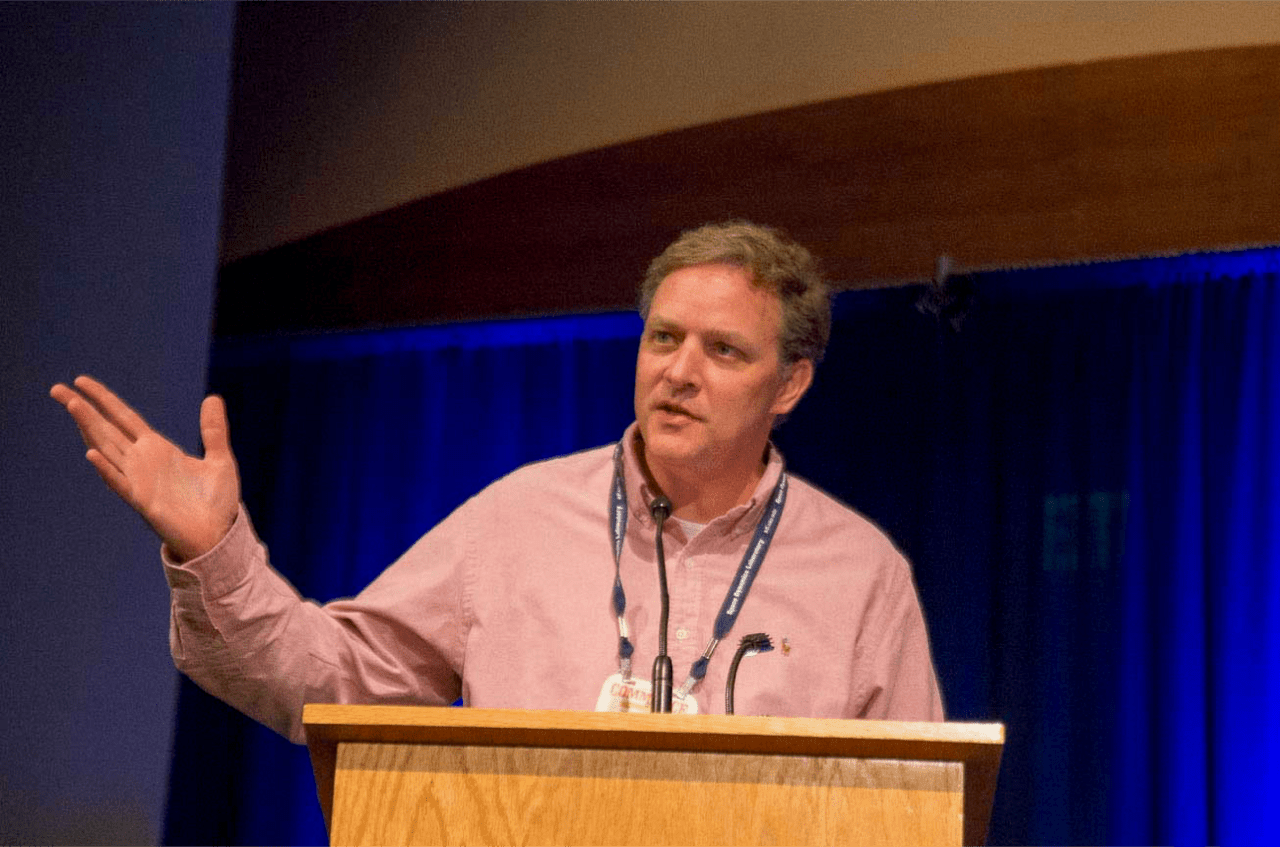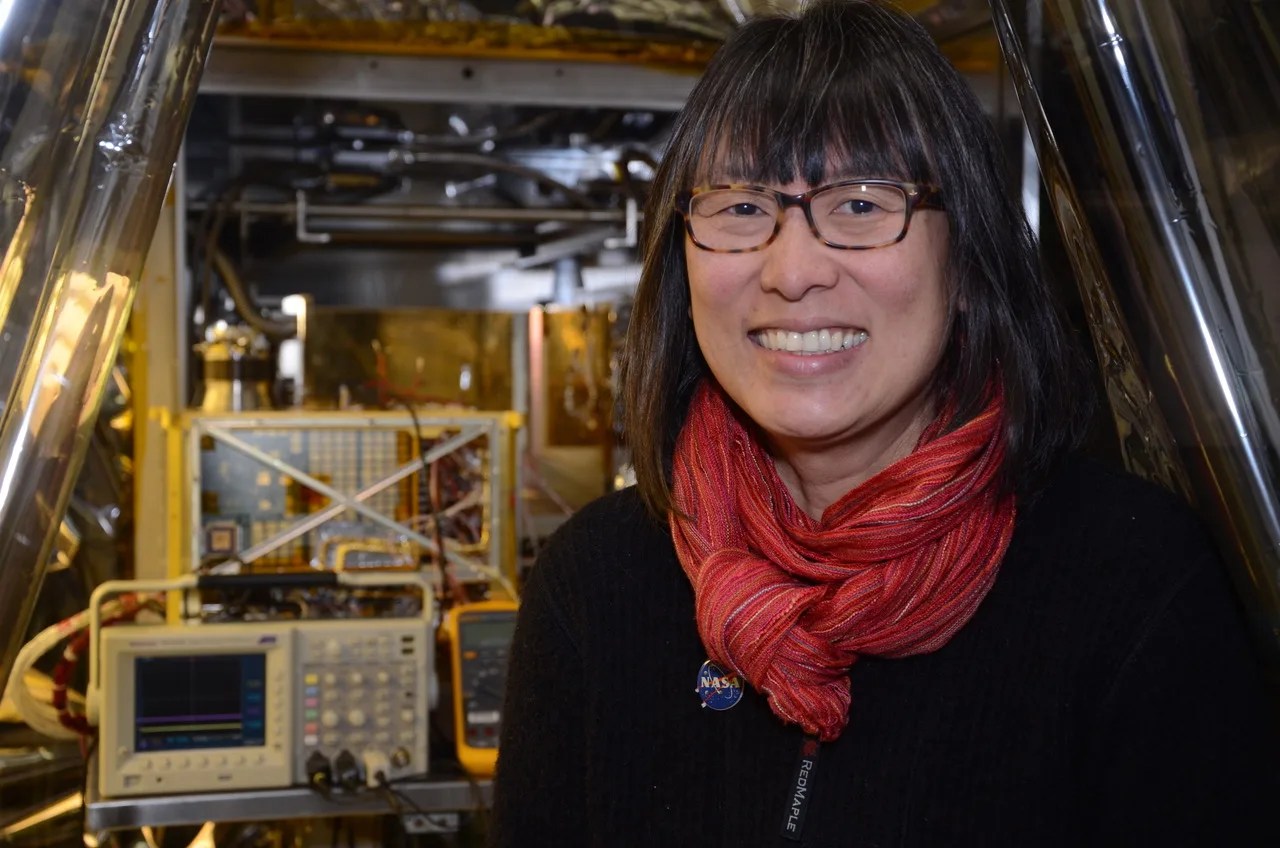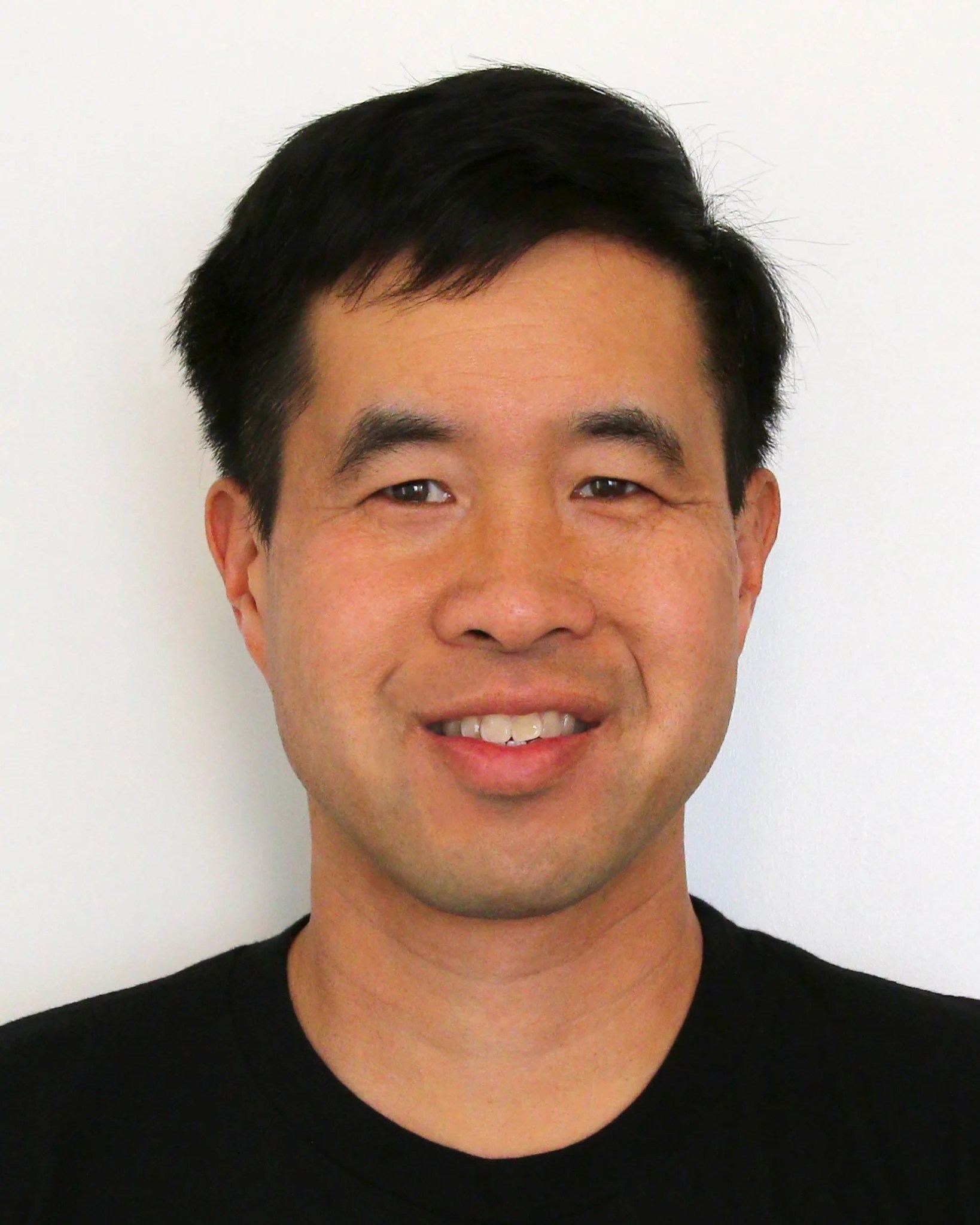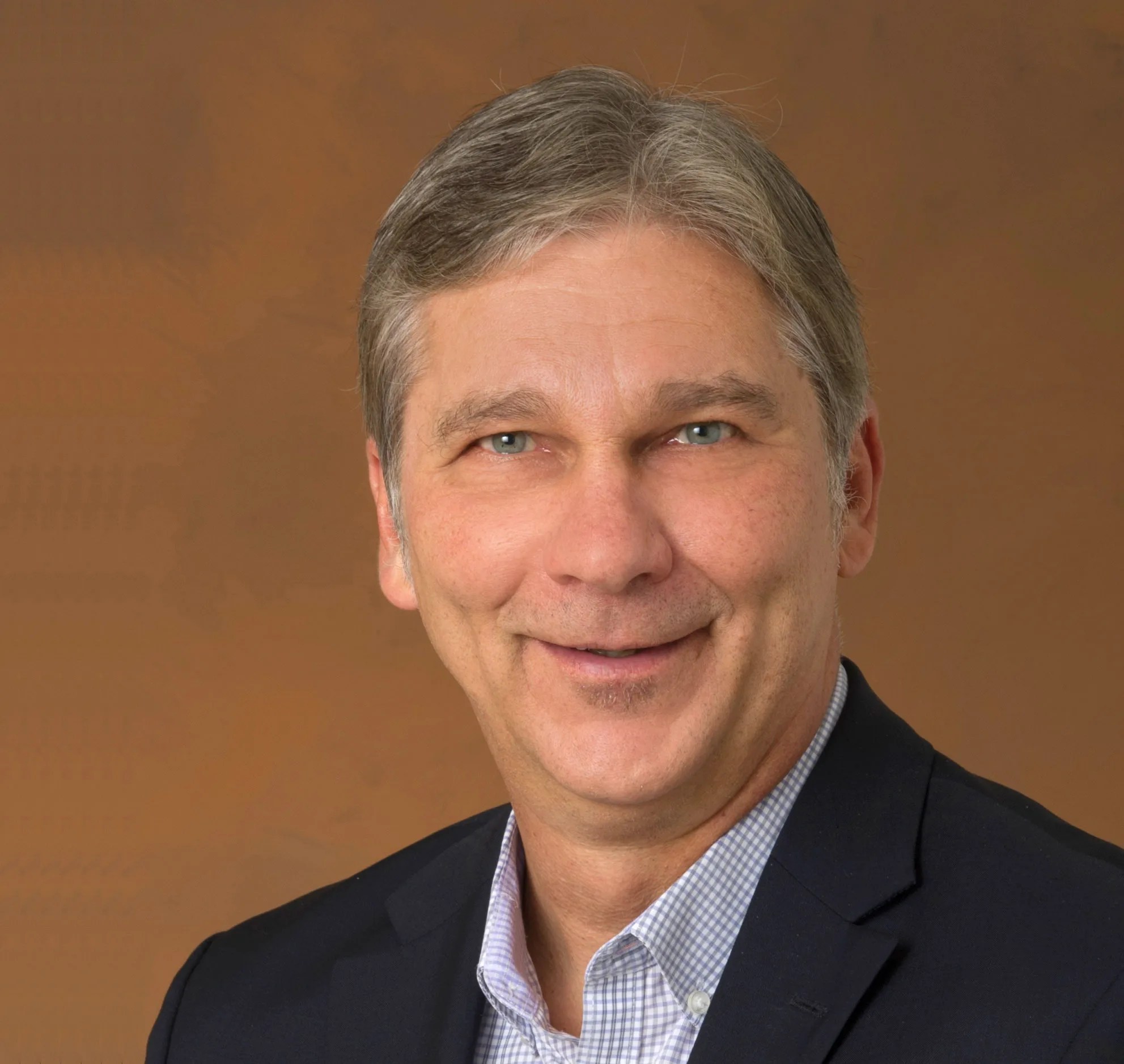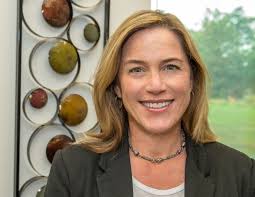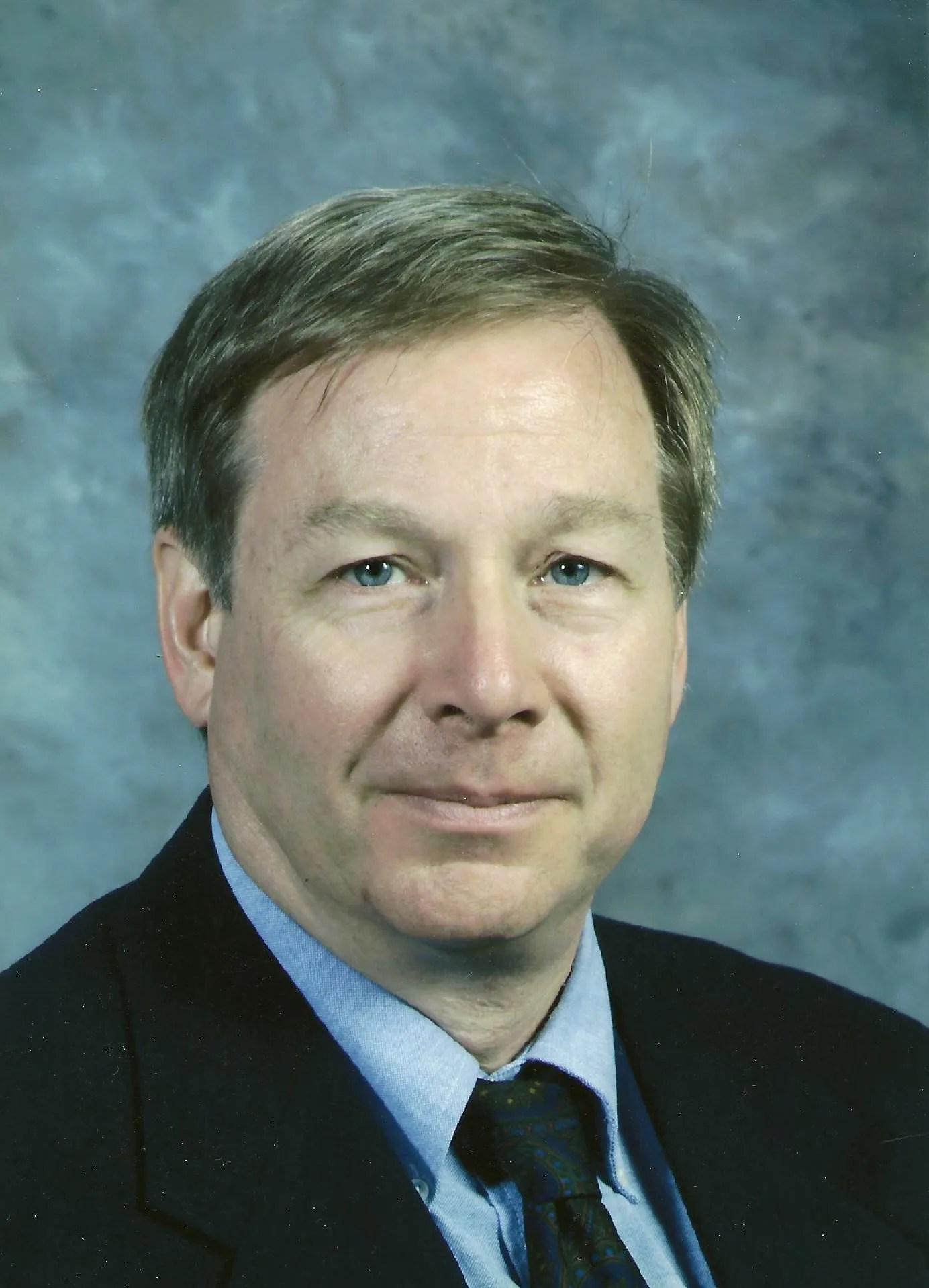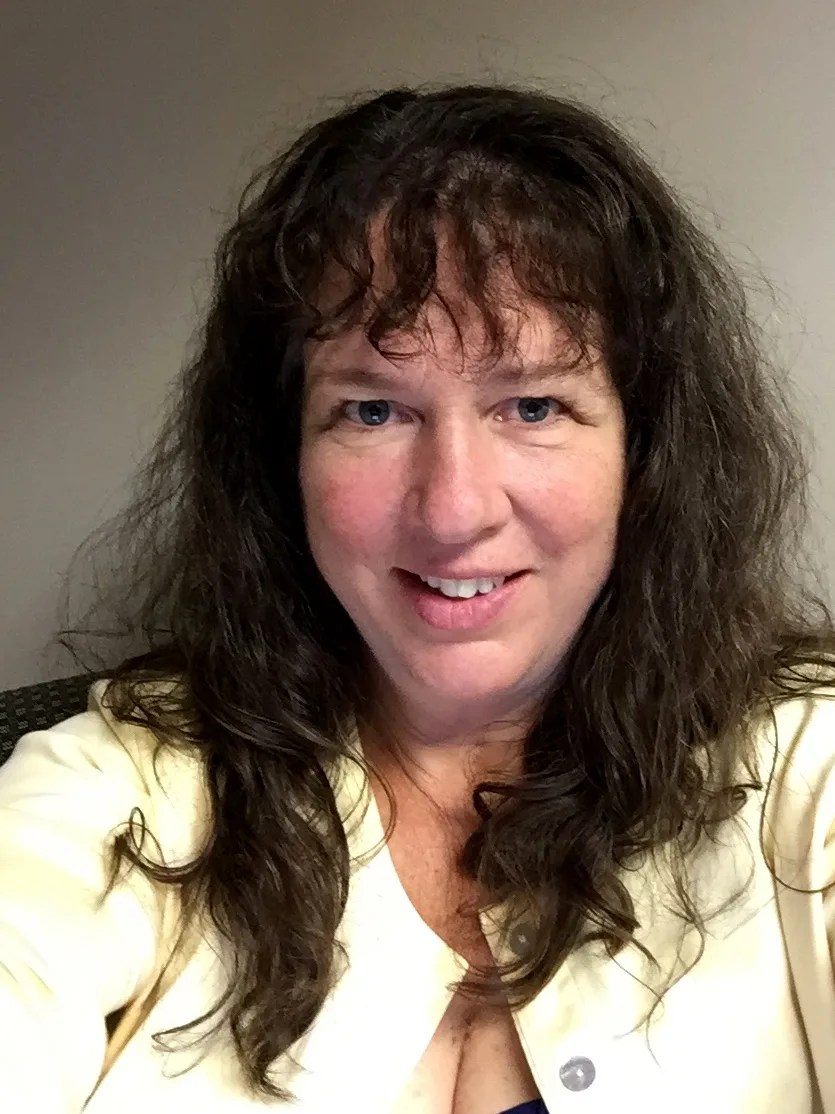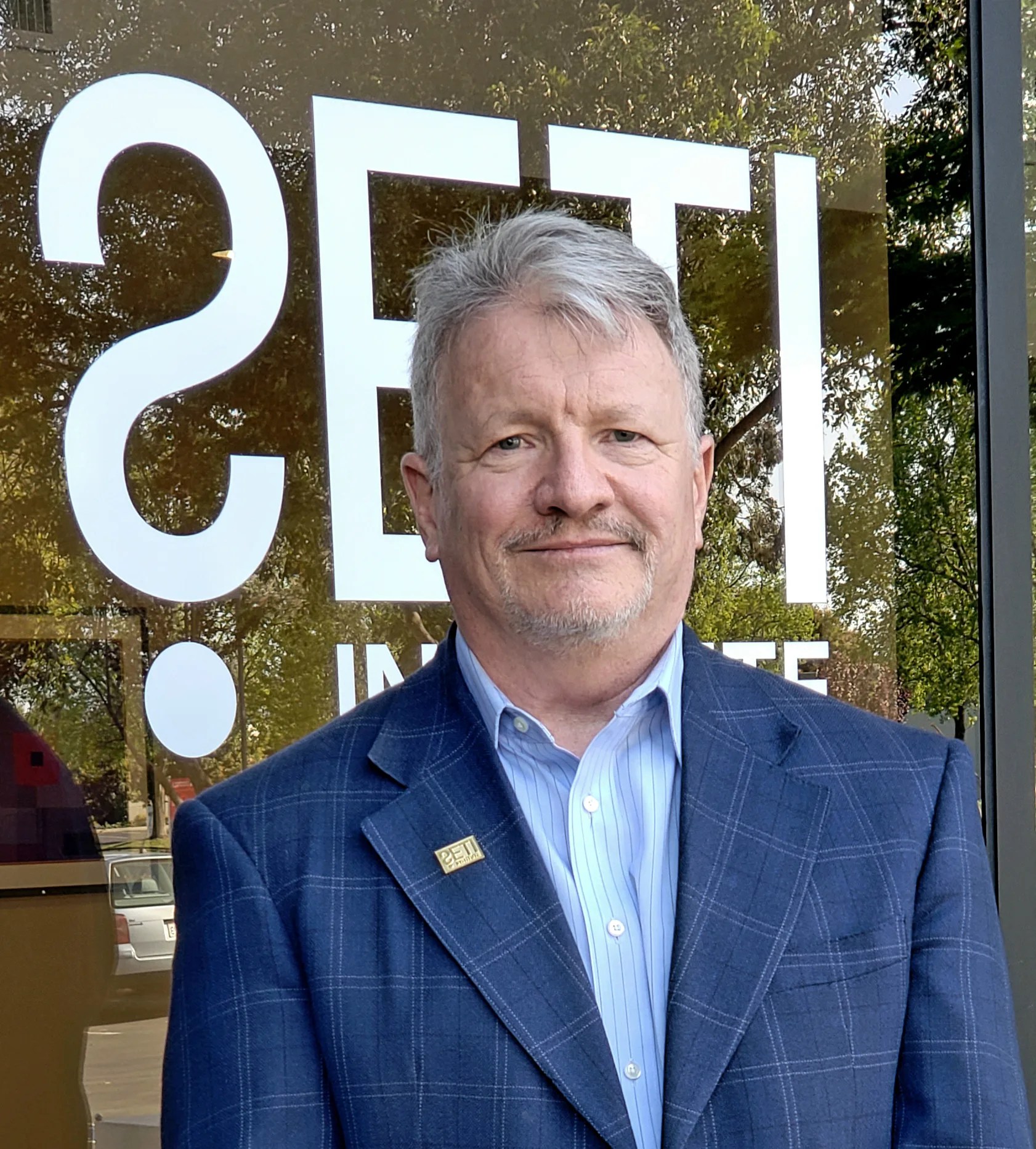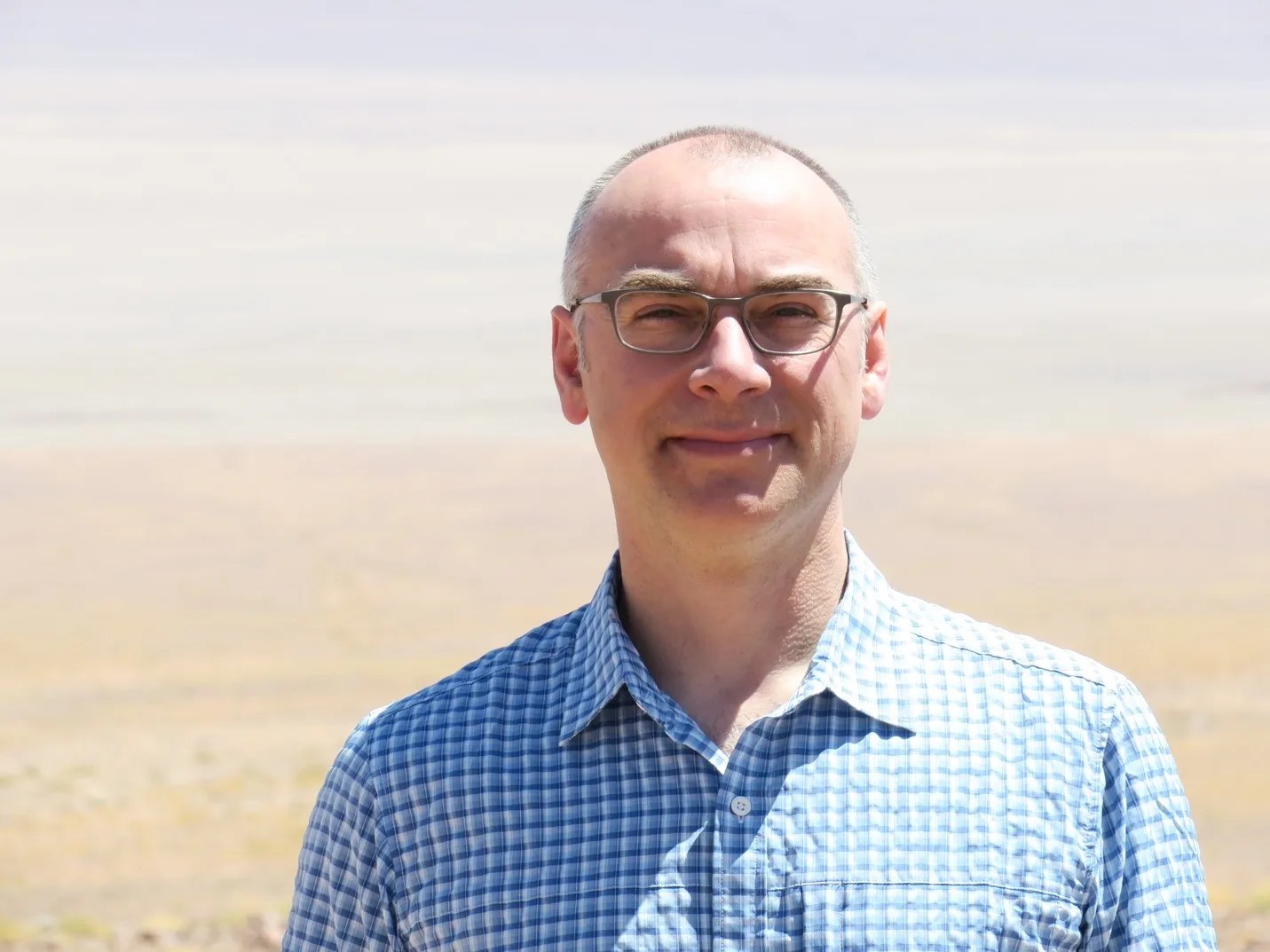2018 Autonomy Workshop: Steering Committee
Michael Seablom, Chief Technologist, NASA Science Mission Directorate
Michael Seablom is Chief Technologist for the Science Mission Directorate (SMD) at NASA Headquarters. He is responsible for surveying and assessing technology needs for NASA’s Heliophysics, Astrophysics, Earth Science, and Planetary Science Divisions, and for promoting crosscutting capabilities across the Agency. A meteorologist by training, he began his career applying estimation theory to data assimilation for numerical weather prediction, and developed one of the first parallel implementations of this approach at NASA. He applied these techniques to projects he led while working at TASC, Inc., in support of the intelligence community and the Army Research Laboratory. Since joining NASA, Mike has served the Agency in several leadership roles including manager of NASA’s Advanced Information Systems Technology Program, head of the NASA Goddard Software Integration & Visualization Office, and head of the Goddard Science Data Systems Branch. In these roles Mike was responsible for providing a broad array of information technology services to the Earth Sciences Division in the areas of software engineering for high-performance numerical modeling applications, scientific visualizations, observing systems simulation support, and education and public outreach. Mike is the recipient of the 2003 GSFC Information Systems Division Technology Leadership Award, the 2004 GSFC Goddard Outstanding Leadership Award, and the 2010 NASA CIO Excellence in Innovation Award. He holds a B.S. degree in Meteorology from Florida State University, an M.S. in Atmospheric Science from Purdue University, and an MBA in Management of Technology from Georgia Tech.
Florence Tan, Deputy Chief Technologist, NASA Science Mission Directorate
Florence Tan is the Deputy Chief Technologist for NASA’s Science Mission Directorate at NASA Headquarters. She works with SMD’s Chief Technologist to survey and assess technology needs for NASA’s science divisions and serves as a liaison to the NASA Office of the Chief Technologist, other NASA mission directorates, as well as NASA centers. Previously, Florence worked at NASA Goddard Space Flight Center (GSFC) for 32 years as a lead electrical engineer, cognizant engineer, designer, manager, and instrument operator for NASA spaceflight projects. She has built and launched seven mass spectrometers to destinations including Mars, Saturn, Titan, and the Moon. Florence has received numerous awards including the 2012 NASA Medal for Exceptional Achievement, the 2013 Robert Goddard Award for Outreach, the 2014 Solar System Exploration Special Award Act, more than 10 NASA Group Achievement Awards, and numerous Goddard Special Act Awards and Goddard Peer Awards. Florence has made it a personal goal to promote science, technology, engineering and mathematics education, and she engages in outreach activities with students and the public to promote NASA science and technology advancements at least once per month. Florence holds a B.S. degree in Electrical Engineering from University of Maryland, and an M.S. in Electrical Engineering and MBA in E-Commerce from Johns Hopkins University.
Terry Fong, NASA Senior Scientist for Autonomous Systems
Terry Fong is NASA's Senior Scientist for Autonomous Systems and leads a senior advisory team on autonomy in support of NASA’s aeronautics, robotic, and human exploration missions. Terry is also Chief Roboticist and former Director of the NASA Ames Intelligent Robotics Group. Terry previously served as Deputy Lead for the NASA Resource Prospector lunar rover and as project manager for the NASA Human Exploration Telerobotics project, which developed and tested advanced telerobotic systems on the International Space Station. Prior to working for NASA, Terry was the deputy leader of the Virtual Reality and Active Interfaces Group at the Swiss Federal Institute of Technology / Lausanne. Before that, Terry was Vice President of Development for Fourth Planet, Inc., a developer of real-time visualization software. Terry has published more than 150 papers in space and field robotics, human-robot interaction, virtual reality, and planetary mapping. Terry has a B.S. and M.S. in Aeronautics and Astronautics from the Massachusetts Institute of Technology and a Ph.D. in Robotics from Carnegie Mellon University.
Tom Cwik, Lead, JPL Space Technology Office
Tom Cwik leads the JPL Space Technology Office. This office manages the development of advanced systems that enable NASA space exploration. He leads a group that develops concepts and sustains development of the technology until it can be infused into space missions. The technologies span a wide spectrum, but focus on infusion in the five- to ten-year timeframe and include internal JPL development and partnerships with universities and leading-edge companies. Tom received his doctorate in electrical engineering from the University of Illinois, Urbana-Champaign. At JPL, he has worked in a range of advanced engineering and project activities including antenna design, instrument development, project formulation, high-performance computing and in a range of management roles. He works with start-up companies, consults, and is an Adjunct Professor at the University of Washington. Behind the scenes, Tom is hands-on with at least one project, surrounds himself with diverse people, mentors and learns, and sustains a passion for technology leadership.
Lisa Callahan, Senior Technologist, NASA Office of the Chief Technologist
Since receiving her degree from the University of Michigan in Aerospace Engineering in 1988, Lisa Callahan has been working at NASA as an engineer and technology program manager in a variety of capacities. Over the course of her career, she has designed, analyzed and tested propulsion systems, negotiated international agreements for the International Space Station, managed Goddard Space Flight Center’s technology development program and most recently served as the Associate Director for Mission Planning and Technology Development in the Earth Sciences Division at NASA Goddard. Currently on detail at NASA Headquarters in the Office of the Chief Technologist, Lisa supports the Strategic Integration Office as a Senior Technologist.
Mike Little, NASA AIST Program Manager
Mike Little is the Advanced Information Systems Technology (AIST) Program Manager in NASA’s Earth Science Technology Office. AIST is a prototyping program investing in advanced information systems technologies needed in NASA’s Earth Science Directorate in the 5- to 20-year timeframe. The technology projects are competitively selected and span the full range of the data life cycle from innovative observing capabilities to revolutionary utilization functionality. Currently, AIST focuses on technology development in autonomy and machine learning, new observation strategies, data analytics services, and pioneering information technology such as quantum and neuromorphic computing. Mike previously worked at the Langley Distributed Active Archive Center (DAAC), the Clouds and the Earth's Radiant Energy System (CERES) Program, the NASA Langley Office of the Chief Information Officer and earlier in NASA Headquarters Code R, the U.S. Air Force Consolidated Space Operations Center (Comm Segment), and various U.S. Marine Corps and U.S. Navy system acquisition programs. Mike has an undergraduate degree in Physics and spent four years of active submarine duty in the US Navy Nuclear Propulsion Program.
Marge Cole, NASA AIST Program Integration Manager
Marge Cole is the Advanced Information Systems Technology (AIST) Program Integration Manager in NASA’s Earth Science Technology Office. AIST identifies, develops, and demonstrates prototype and advanced information systems technologies for NASA’s Earth Science Directorate. AIST’s objectives are to reduce risk, cost, and size of space-based and ground-based information systems, including increasing accessibility and utility of science data and enabling new observation measurements and information products through innovative information technology developments. Marge has a degree in Electrical Engineering with a specialization in Computer Science and has supported NASA’s Earth Science Directorate as a contractor for 20 years in a variety of programs, including roles in mission support and program management, robotics development, systems engineering, and pioneering technology development. Marge is currently with SGT Inc, - KBRwyle.
Bill Diamond, President and CEO of the SETI Institute
Bill Diamond is President and CEO of the SETI Institute, a position he has held since June of 2015. Bill has spent more than 20 years in photonics and optical communications and a further decade in X-ray and semiconductor processing technologies. His corporate background covers the spectrum from venture-backed start-ups to Fortune 100 multinationals, with responsibilities ranging from R&D, engineering and operations, to sales, marketing, product management and CEO positions. Executive leadership roles include CEO positions at WaveSplitter Technologies, DenseLight Semiconductor (Singapore), and Xradia, Inc., now part of Zeiss. His work experience includes six years with AT&T Bell Laboratory’s Optoelectronics business unit and five years as President of U.S. operations for Swiss technology company, Comet A.G. Bill holds a B.A. in physics from Holy Cross College and a Master’s in Business Administration from Georgetown University. He is a past member of the Advisory Board for the McDonough School of Business Administration at Georgetown and is a current member of the Optical Society of America, the International Astronautical Federation, and the American Association for the Advancement of Science. He is also a member of the Board of Directors of the Bay Area Science and Innovation Council.
David Wettergreen, Research Professor, Robotics Institute at Carnegie Mellon University
David Wettergreen creates robots that explore. He is interested in any location that compels scientific investigation without human presence such as in space or on our planet in polar climates, deserts, underwater caverns, and volcanic craters. He has led numerous research projects including a decade of robotic investigation of microbial life in the Atacama Desert, which established single-command, multi-kilometer autonomous traverse. His work in science autonomy enables robotic explorers to detect, classify, and evaluate geologic and biologic features in situ in order to autonomously interpret and act upon their scientific observations. David is a Research Professor at the Robotics Institute of Carnegie Mellon University where he chairs the Robotics Ph.D. program and is Associate Director for Education. He has advised 30 graduate students (13 Ph.D.) and teaches undergraduate and graduate courses. He obtained a Ph.D. in Robotics in 1995 from Carnegie Mellon and then conducted post-doctoral research at NASA Ames Research Center (1996-97) and was a Research Fellow at the Australian National University (1998-2000). He is an Associate Editor of the Journal of Field Robotics and has published over 100 peer-reviewed papers.
Graham Mackintosh, AI Projects Consultant
Graham Mackintosh is an AI consultant specializing in the application of deep learning to space science disciplines. He currently works on projects at both NASA and the SETI Institute to provide technical and program management support across a range of applied AI domains, including the application of deep learning technologies to space weather, aerospace medicine, and autonomous remediation of orbital debris. Prior to his current role as an AI consultant, Graham worked in the Emerging Technology division of IBM Corporation, and led successful AI initiatives at CERN (European Organization for Nuclear Research), the SETI Institute, the NASA Frontier Development Lab, and with the U.S. Federal Government. Graham Mackintosh is a 25-year veteran in the field of advanced analytics and has a degree in Computer Science.



























